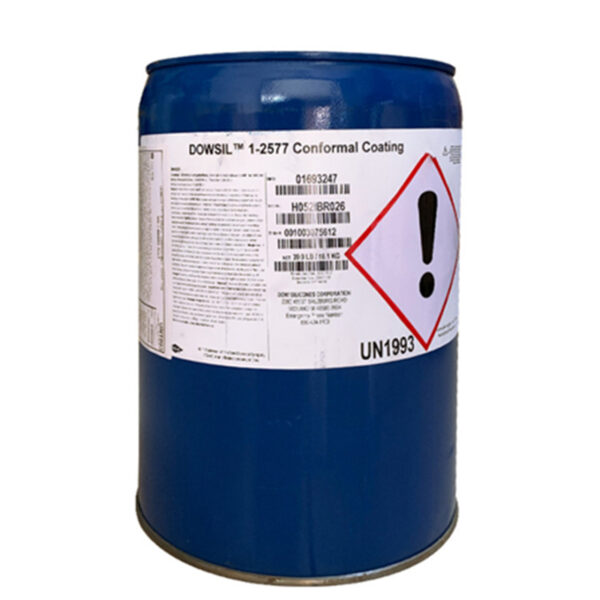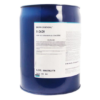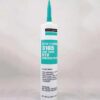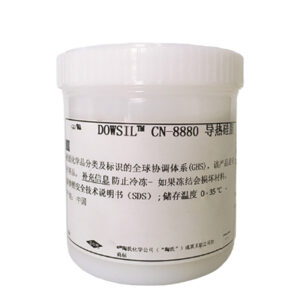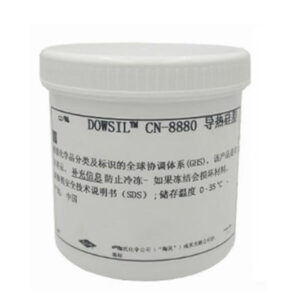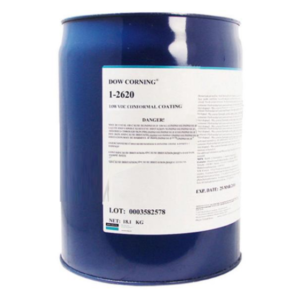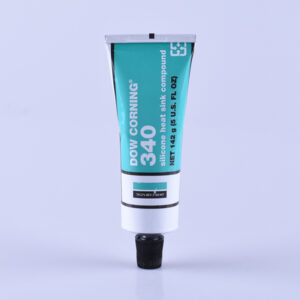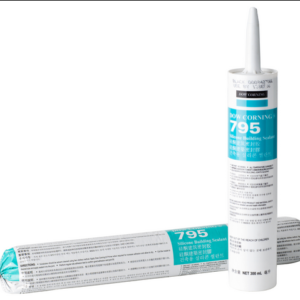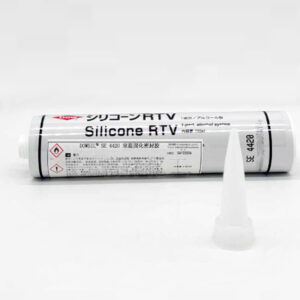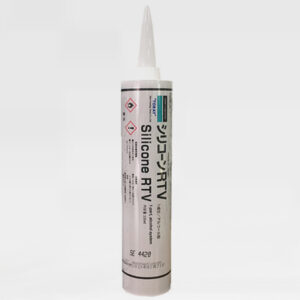DOWSIL 1-2577 Conformal Coating One-part, transparent medium viscosity conformal coating with firm, abrasion resistant surface after cure.
- Cures to a tough, elastoplastic, resilient, abrasion resistant surface
- One-part Solvent-borne resin coating
- Room temperature cure, no ovens required
- Optional mild heat acceleration (after solvent flash-off) can speed in-line processing
- UV indicator allows for automated inspection
- UL 94 V-0 flammability rating
- UL 746E / UL746C Recognized
- IPC-CC-830, Amendment 1 Approved
- Mil-I-46058C, Amendment 7 Approved
- Good adhesion allows use with many low-solids (no clean) and no-lead solders
- 描述
- Global Tab
描述
Dow Corning DC1-2577LV shape coating is a transparent silicone resin with good high and low frequency dielectric properties and better thermal shock resistance compared to the commonly used silicone resin. It has good moisture resistance and excellent light transmission capacity when used in solar installations. The cured coating has good weather resistance and uv resistance.
Characteristics: Good electrical properties after curing · Easy to be sprayed, dipped, brushed or poured · Optional room temperature curing or heat curing · Flame resistance · Listed in mil-1-46058C quality Product List (QPL) : Insulating compound, electrical (for coating printed circuit board components)· Flexible over a wide temperature range from -65°C to 200°C · Easy to repair · Dow Corning DC1-2577LV contains an ULTRAVIOLET indicator for easy inspection under ULTRAVIOLET light.
Functions and features: moisture-proof insulation, one component, high viscosity type, easy to spray, dip, brush or pour coating. Curing at room temperature, adding catalyst for rapid curing. It has good adhesion and transparent color. Stable and elastic at -60℃–200℃. Contains ultraviolet fluorescence agent, with excellent dielectric properties. It is resistive.


